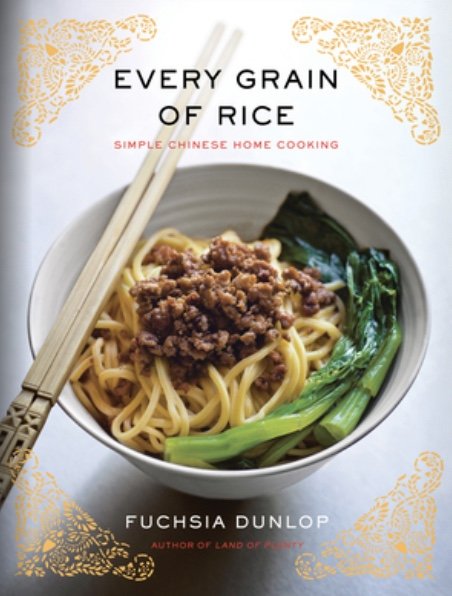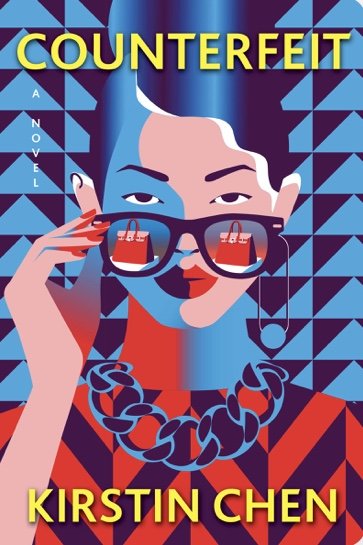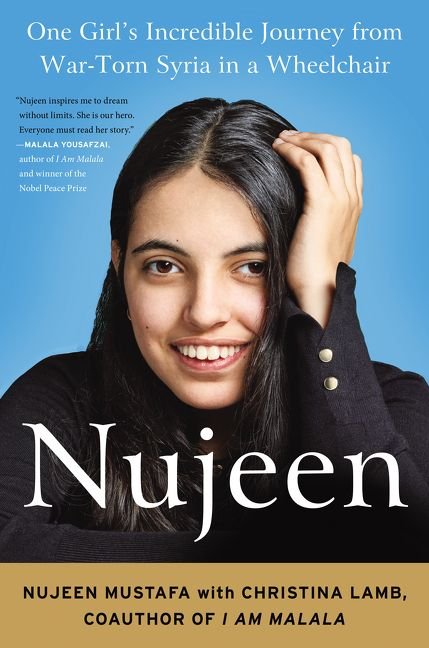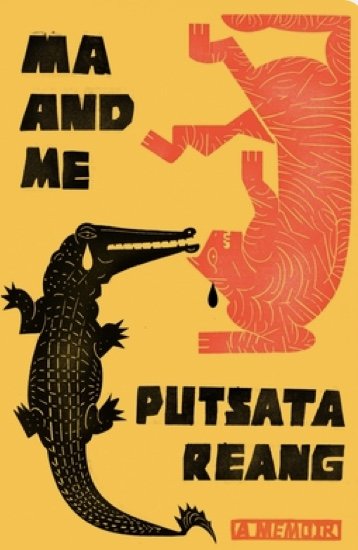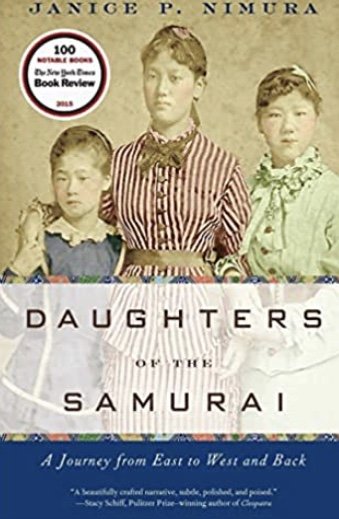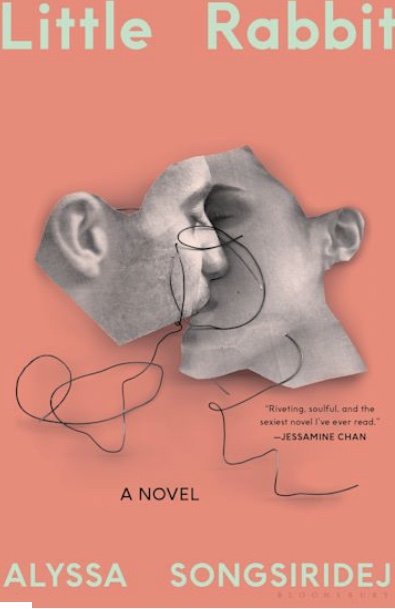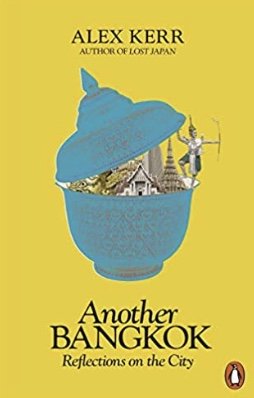Soul Mountain by Gao Xingjian (Flamingo)
Gao Xingjian is the first Chinese writer to be awarded the Nobel Prize in Literature in 2000, two years after he became a French citizen. His novel Soul Mountain, first published as Lingshan in Taiwan in 1990, was partly inspired by his own experiences of traveling to rural China after mistakenly being diagnosed as having lung cancer. It was first published in English in 2000 in Australia and was translated from the Chinese by Mabel Lee.
There are two main characters who are only referred to as the pronouns “You” and “I”. It’s difficult to distinguish if these characters are one and the same. The reader may wonder if “You” means the person reading the story or if it's a manifestation of an imaginary self to hold conversations with.
“You” finds himself in a small mountain town in the South. “You” is not exactly sure why he is even here. He explains that it was by pure chance that another person on a train sitting opposite of “You” mentioned that he was going to a place called Lingshan. The man explains that ling means “spirit” or “soul” and shan means “mountain”.
“You’d been to a lot of places, visited lots of famous mountains, but had never heard of this place.” “You” becomes intrigued with this place that’s located at the source of the You River, another place “You” has never heard of. “You” asks what’s there, “Scenery? Temples? Historic Sites?” only to be told that it’s all virgin wilderness.
On his journey “You” encounters a woman, only referred to as “She”. They become travel companions and as they become closer, “You” entertains “She” by telling her stories that he just makes up as they journey towards the mountain.
We are then introduced to “I” who was diagnosed with lung cancer. While “You” goes in search of Lingshan, “I” is mistakenly diagnosed with lung cancer. At first, “I” is resigned to his fate as his father suffered the same outcome. However, once the error is discovered, “I” felt “Death was playing a joke on me but now that I’ve escaped the demon wall, I am secretly rejoicing”.
“I” is an academic and after being misdiagnosed he decides to take a break from city life. “I” feels he “should have left those contaminated surroundings long ago and returned to nature to look for this authentic life”. It is “I”’s journey that makes up the autobiographical part of the story as “I” travels to the Sichuan province that lies along the Yangtze river to the coast. During his travels, “I” will meet minor ethnic groups such as the Qiang, Miao, and the Yi who are also known by the name Lolo.
To be honest, I found Xingjian’s style of writing difficult to follow as it is hard to know who exactly are the protagonists. The blending of folklore, travel essay, history and anthropology are mixed into one smorgasbord of a story that seems to have no definitive plot and wanders all over the place. Is this part of the narrative or is it another story that “You” or “I” is making up? If existential psycho-babble is your thing, you might enjoy this. If not, it’s going to be a very difficult read. ~Ernie Hoyt

